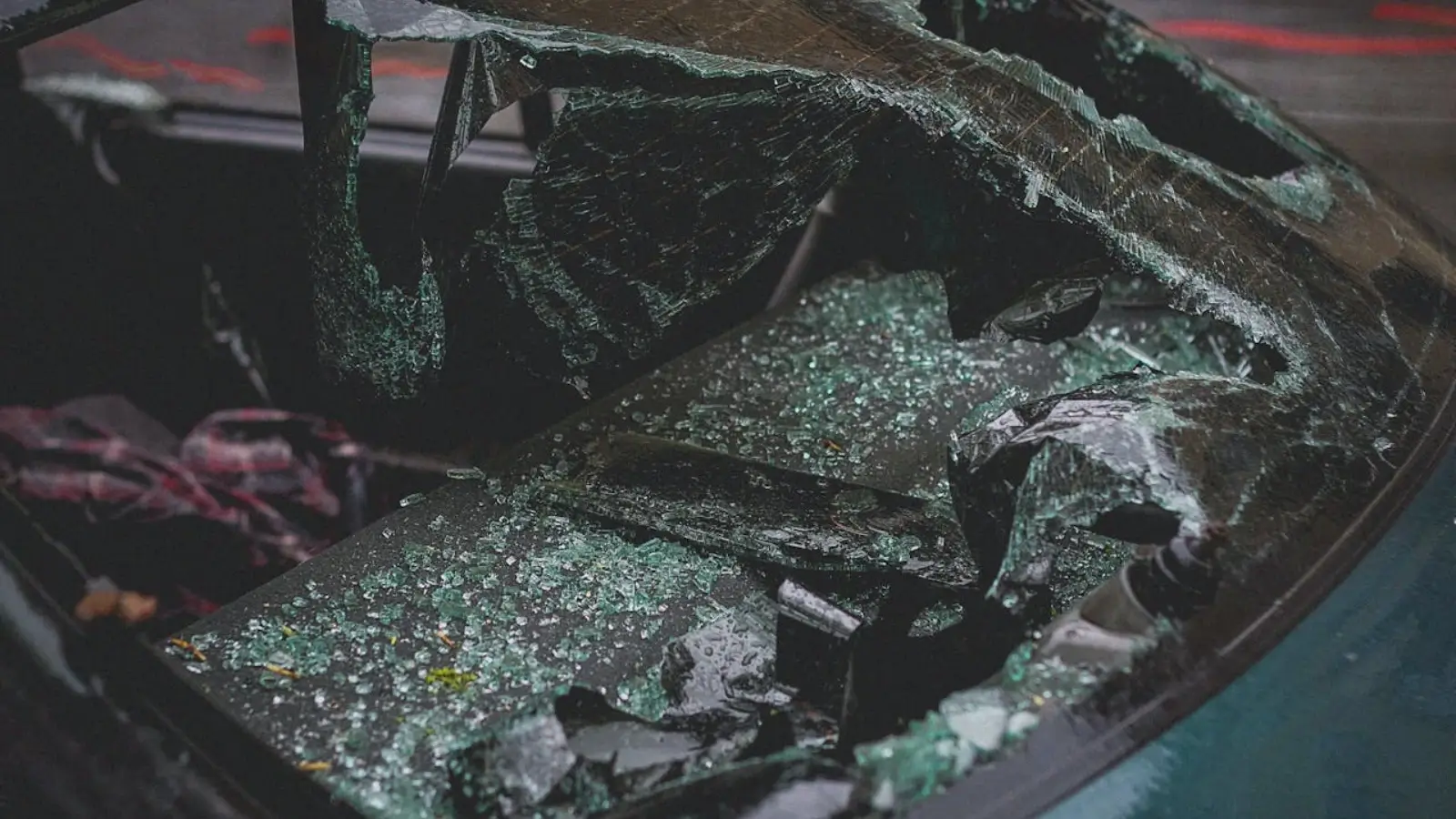


When people think about factors that can lower the value of a vehicle, they often imagine mechanical problems, high mileage, or worn-out interiors. However, one of the most underestimated threats to a car’s worth is hail damage.
A sudden hailstorm can strike without warning, leaving dents, dings, and cracked glass that not only diminish the car’s appearance but also impact its resale or trade-in value. Even if your vehicle still drives perfectly, potential buyers and dealerships view hail damage as a red flag, which can lead to reduced offers or long-term financial loss.
Understanding exactly how hail affects your vehicle’s value helps you make smarter choices about repairs and protection. In this article, we’ll break down the key ways hail can affect your car’s value and why it’s essential to address damage promptly.
Hail damage can silently cost you thousands of dollars if it’s not addressed properly. Let’s look at five ways hail impacts your vehicle’s value and why timely repairs are essential for protecting your investment.
First impressions matter, and nowhere is that truer than when trying to sell or trade in a car. Hail dents, scratches, or broken windows immediately signal to a buyer that the car has been through a damaging event. Even minor dimples on the roof or hood can make your vehicle look older and more neglected than it truly is.
Potential buyers often associate visible hail damage with poor maintenance, even if you’ve kept the car in excellent condition otherwise. This perception alone can lower offers significantly. According to Tintix, vehicles with cosmetic damage can lose between 10% and 20% of their market value, depending on the severity. Dealers may use the damage as leverage to reduce the trade-in value, often citing the cost of cosmetic repairs to justify the drop.
The good news is that many local auto shops specialize in paintless dent repair and other services that restore a car’s appearance without repainting, so start your hunt for "hail repair near me". This will help you address visible damage promptly, preserve your vehicle’s curb appeal, and keep depreciation in check.
While hail damage is most obvious on the surface, the force of repeated impacts can also create more serious, less visible issues. Large hailstones can weaken the structural integrity of the metal panels, leading to potential rust spots where paint chips away. Once rust takes hold, it spreads quickly and significantly reduces your car’s long-term value.
In some cases, hail can even damage seals around windows, leading to water leaks that harm the interior. Moisture intrusion can ruin upholstery, cause mould growth, and compromise electronic systems inside the vehicle. Buyers and appraisers alike know that even minor leaks can translate into costly future repairs, so they’ll factor that risk into their valuation. By ensuring hail damage is inspected thoroughly after a storm, you can prevent hidden structural issues from quietly undermining your vehicle’s worth.
One of the most costly and value-diminishing effects of hailstorms is damage to your car’s glass. Windshields, side windows, and rear windows are particularly vulnerable to cracking or shattering under the impact of hailstones. Even small chips in the glass can quickly spread into larger cracks, making your car unsafe to drive and more expensive to repair later.
From a resale perspective, damaged glass is a serious drawback. Buyers see cracks as not just an aesthetic issue but also a safety hazard, and many won’t consider purchasing a car until the glass is replaced. Dealerships often subtract the full cost of replacement from your trade-in value because they know customers expect intact, factory-quality windows.
According to auto industry data, the average windshield replacement in the U.S. costs between $250 and $400, while specialized windshields on newer cars with sensors and cameras can cost well over $1,000. If you leave hail-related cracks unrepaired, those costs and the loss of value can climb much higher.
Dealerships are particularly cautious when it comes to hail-damaged vehicles. When you bring in a car with visible storm damage, the appraisal typically comes back lower than expected. This isn’t just because of the cost of cosmetic repairs; dealers also consider how difficult it will be for them to resell the vehicle.
Since dealerships rely heavily on first impressions, they know customers will be reluctant to purchase cars with visible blemishes, even at discounted prices. As a result, dealers tend to lowball their offers on hail-damaged cars, often slashing trade-in values by 20% to 40%. If you’re planning to upgrade your car soon, failing to repair hail damage beforehand can cost you a substantial amount of money during trade-in negotiations.
Depreciation is inevitable for every vehicle, but hail damage accelerates the process. Cars already lose value each year due to age and mileage, and visible or recorded damage compounds this depreciation. Even if the hailstorm occurred years earlier, unrepaired dents and blemishes become more noticeable over time, especially as the rest of the car ages.
Furthermore, buyers are more willing to overlook small imperfections on older vehicles but less forgiving when damage is found on relatively new models. This means that if your car is only a few years old and sustains hail damage, the financial impact will be even greater. Timely repairs not only restore current value but also slow down long-term depreciation.
Hail damage may seem like a purely cosmetic issue at first glance, but it can have wide-reaching effects on your vehicle’s value. From reduced curb appeal and hidden structural problems to diminished trade-in offers and accelerated depreciation, the financial impact of hail damage is hard to ignore. Even the psychological impressions it creates for potential buyers can work against you when it’s time to sell.
The good news is that most hail damage can be repaired effectively, especially with modern paintless dent repair techniques. By acting quickly, you not only preserve your vehicle’s value but also maintain peace of mind knowing that your investment is protected. Whether you plan to keep your car for years or trade it in soon, addressing hail damage promptly is a decision that pays off in the long run.